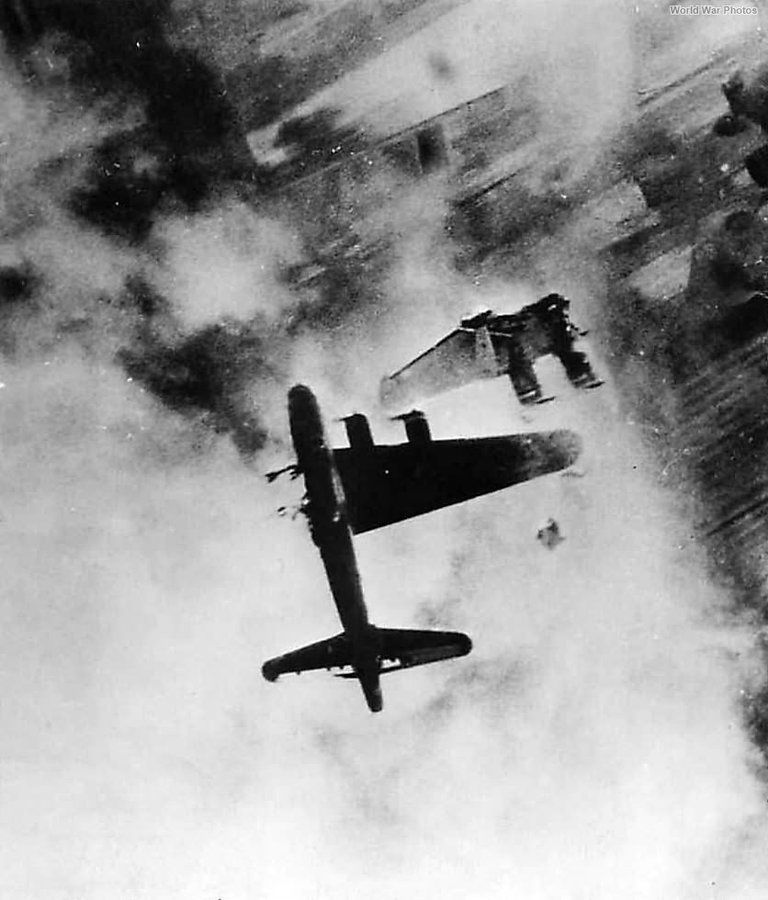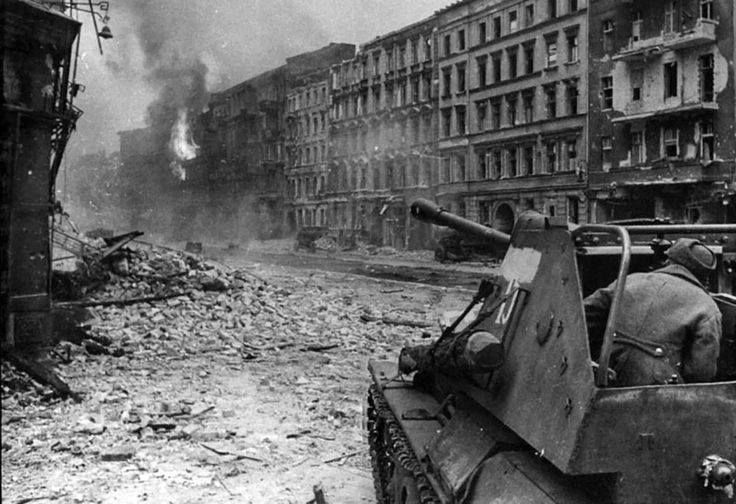Rommel plays with Minatures for D Day
https://www.youtube.com/watch?v=rRuzjs9T_dw&t=29s
On this day during W.W. 2
-
April 3, 1941. Libya, North Africa
Rommel orders 5th Light Division to cross the desert south of the Green Mountain and slice across the Cyrenaican bulge, while sending a mixed German and Italian force along the coastal road towards Benghazi. Rommel flies from unit to unit in his Fieseler Fi 156C Storch airplane, giving orders and solving problems. When 5th Light Division tanks run low on petrol he orders them to halt for 24 hours and sends back trucks to bring more fuel. Although a risky move he can see the British continue to retreat in confusion. A supply dump at Msus is blown up at the rumour of approaching German tanks and vast amounts of much needed fuel go up in smoke. This error will badly hamper the mobility of British armour in the coming days.
Photo: The Fieseler Storch of General Rommel passes above the German column in desert.

-
April 4, 1942. Eastern Front
Siege of Leningrad Day 209. 62 Luftwaffe Stuka dive bombers and 70 other bombers escorted by 59 Messerschmitt Bf-109 fighters attack the Soviet fleet at Kronstadt. Battleship October Revolution is hit 4 times, cruiser Maxim Gorky suffers 7 hits while battleship Petropavlovsk, cruiser Kirov and destroyers Silny and Grozyashchi are also damaged.
Siege of Sevastopol Day 108. German shelling finally destroys Soviet destroyer Sovershenny (under repair after being bombed and capsizing on November 12, 1941).
-
heh heh the guys musta known they were getting their picture taking. Gunner and pilot both looking at the camera :)
Nice photo. I’m assuming soviets didn’t have much air to intercept ?
-
April 6, 1944. Eastern Front
After a march of about 150 miles, the continuously moving but surrounded forces under the command of the German 1st Panzer Army – Hube’s Pocket – establish contact with the German 4th Panzer Army to the south of Tarnopol. Although the German force has lost some heavy equipment and weapons, as well as sustaining casualties, it has also destroyed considerable quantities of Soviet equipment during the fighting withdrawal to the German lines. The escaping troops are able to re-join the line within days. Marshal Zhukov, commanding the Soviet 1st Ukrainian Front, is subsequently blamed for the Soviet failure to destroy the encircled German force of about 200,000 troops. There is heavy fighting north of Razdelnaya as a small pocket of German and Romanian forces (elements of German 6th Army) is reduced by forces of the Soviet 3rd Ukrainian Front.
Photo: Soldiers admiring Tigers of sPzAbt 507 in an assembly area near Tarnopol, April 1944.
-
@captainwalker nice pic . Bloody awful ground to move in though .
-
@Wittmann
yea that car in the middle looks stuck -
Left wing of B-17G LG-W 42-31333 Wee Willie 322nd BS 91st BG falls away after having suffered a direct flak hit over Stendal on April 8 1945. 8 were killed, pilot and 1 crewman survived

-
@captainwalker month before the war ended.
-
On This Day: April 10th, 1941:
Axis forces under Erwin Rommel begin the 241 day Siege of Tobruk against a garrison of British, Australian, Polish, Czech and Indian soldiers.
The Siege began when Axis forces attempted to take the strategically important port of Tobruk in Libya. The port would grant Axis forces a secure port near their border and most importantly, out of range from RAF bombers.
The days on the North coast of Africa are horrendously hot and the nights extremely cold. Both sides would also have to contend against hot desert winds, mechanical failures and difficult terrain.
The Germans were suprised to find heavily dug defences, accurate artillery fire and anti-tank weapons, as they assumed the garrison would withdraw by sea. As the Germans tanks advanced, The British Royal Horse Artillery engaged them head on, forcing them to change direction, whereupon British cruiser tanks fired upon them from three sides, destroying 16 German tanks.
Relief operations against the Axis were attempted but were ultimately unsuccessful. As both sides invested further in the siege, the allies placed minefields, launched Commando raids, used naval gunfire support and fought off repeated Axis assaults.
By December Erwin Rommel, low on supplies withdrew from the siege. He would succeed in capturing Tobruk in June 1942 after the Battle of Gazala.Picture shown: Colourised photo of a Bren gunner from the 2nd Battalion, Leicestershire Regiment at Tobruk.

-
April 21, 1945 Battle of Berlin
Soviet infantry reached Berlin. Adolf Hitler ordered an all-out counterattack against the Soviets at Berlin under the command of SS General Felix Steiner.
This counterattack was never to be attempted.
-
@captainwalker wish I knew what that open topped tank was. Would have sworn it was German, had it not had that Russian in it. Is probably artillery.
-
@Wittmann
It’s an Su-76m -
@Mr-Kell thank you. That is an old one then. I do remember now. My eyes and memory aren’t what they used to be . (I don’t play WW2 computer gamea any more, either.)
-
Blimey! They were still making them in 45! I really thought it was early war only.
-
@Wittmann
Yeah they made them for a while.
I think they used them for everything except AAA as well. -
@Mr-Kell I remember finding them easy kills in my WW2 computer games. The open top meaning they had a very low defence score.
-
75 years ago today was VE-Day
-
@CWO-Marc The publicity of the Channel Dash and the embarrassment of the R.N caused the English Channel to become off limits to German Commerce Raiders.The raider Togo was mauled attempting to run the Channel.
-
May 23, 1941. Operation Rheinübung
At 0722 hours, German battleship Bismarck and cruiser Prinz Eugen are spotted by British cruisers HMS Suffolk and HMS Norfolk in the Denmark Strait. After HMS Norfolk is almost hit by shellfire from Bismarck, both cruisers retire to a safe distance. They shadow the German warships using radar while battleship HMS Prince of Wales and battlecruiser HMS Hood close in from 300 miles to the South.
Photo: HMS Hood steaming toward the Denmark Strait, on or about 23 May 1941.

-
A and B turrets, HMS Hood 1940
HMS Hood’s forward 15" turrets, with a 4" gun’s crew under training in the foreground.HMS Hood was the pride of the Royal Navy, she was a massively armed battlecruiser with what was thought to be armour equal to her armaments. To all intents, HMS Hood was considered to be one of the most powerful battlecruisers afloat in World War Two.
HMS Hood was 44,600 tons, had a crew of 1,419 and was faster than the Bismarck with a maximum speed of 32 knots. The Hood had been launched in 1918 and was armed with 8 x 15 inch guns, 12 x 5.5 inch guns, 8 x 4 inch AA guns, 24 x 2 pound guns and 4 x 21 inch torpedoes.
However, the Hood suffered from one major flaw – she did not have the same amount of armour as the Bismarck. The fact that the Hood was faster than the Bismarck by 3 knots was as a result of her lack of sufficient armour for a naval battle fought in World War Two. What had been considered sufficient armour in 1918 when Hood was built, was to prove a fatal flaw in 1941.
On May 24th, 1941, the Royal Navy tailed the Bismarck and Prinz Eugen when they attempted to break out into the Atlantic. If both of these ships had got into the Atlantic, they could have created havoc amongst the Atlantic convoys that were vital to Britain. The Hood relied on information sent back to it by the cruisers Norfolk and Suffolk. The Bismarck and Prinz Eugen had night time and sea fog on their side and for a while both cruisers lost both German ships.
However, by 02.47 on May 24th, the Suffolk had regained contact with the Bismarck. The information sent back by the Suffolk led the Hood to believe that she would be just 20 miles from the Bismarck at 05.30 on May 24th. At 05.35, the lookout from the Hood made out the Prinz Eugen and the Bismarck at a distance of 17 miles.
Admiral Holland, on the Hood ordered the battlecruiser to turn to the German ships and at 05.45 they were only 22,000 metres apart. At 05.52, the ‘Hood’ opened fire and shortly afterwards was joined by the ‘Prince of Wales’. At 05.54, both the Prinz Eugen and the Bismarck fired their guns primarily against the ‘Hood’.
The Prinz Eugen hit the Hood and set alight some anti-aircraft shells kept on deck. The fire this caused was not particularly dangerous for the ‘Hood’ even though it produced a great deal of smoke. At 06.00 a salvo from the Bismarck hit the Hood. The Bismarck had fired from 17,000 metres and the elevation of her guns meant that the shells that hit the ‘Hood’ had a high trajectory and a steep angle of descent. The Hood had minimal horizontal armour and one of the shells from the Bismarck penetrated the Hood’s deck and exploded in one of her magazines. A massive explosion tore the ‘Hood’ in half. Those who saw the explosion said that the bows of the ‘Hood’ were raised out of the sea before they sank. The ship sank extremely quickly – within two minutes – and 1,416 men out of a total crew of 1,419 died. (historylearningsite)







